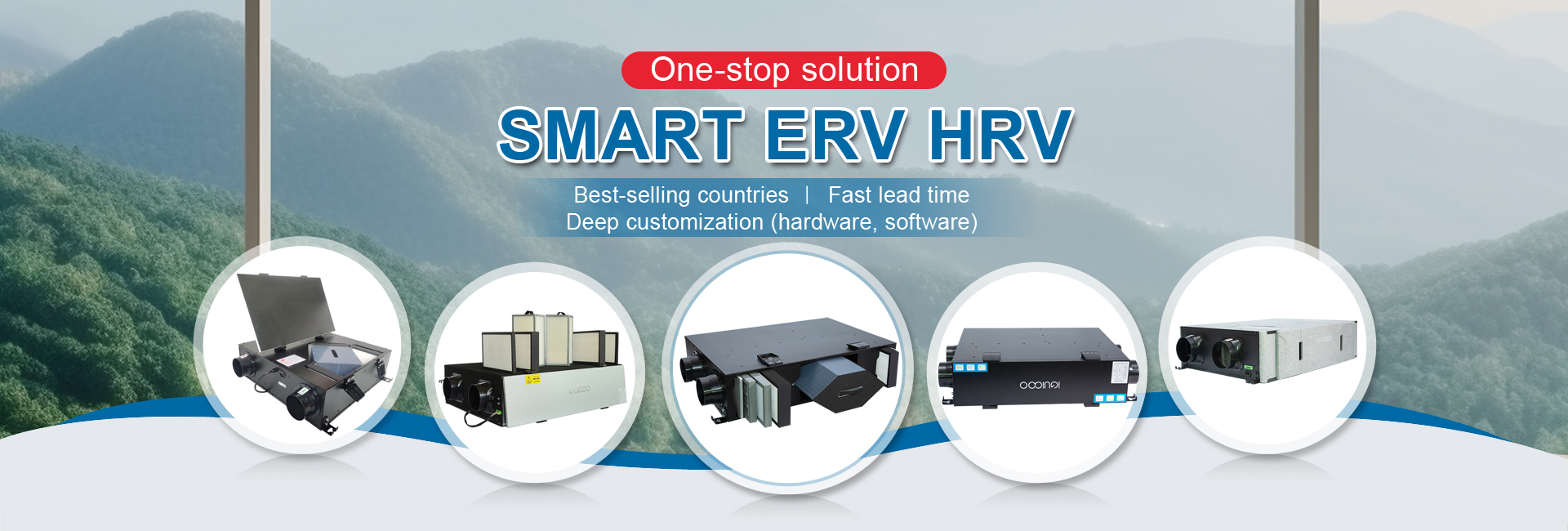When choosing between single room heat recovery units and extractor fans, the answer hinges on heat recovery ventilation—a technology that redefines efficiency.
Extractor fans expel stale air but lose heated air, hiking energy costs. Heat recovery ventilation solves this: single room units transfer heat from outgoing stale air to incoming fresh air, keeping warmth indoors. This makes heat recovery ventilation far more energy-efficient, cutting heating bills significantly.
Unlike extractors, which draw in unconditioned outside air (causing draughts), heat recovery ventilation pre-warms incoming air, maintaining stable temperatures. It also filters pollutants like dust and pollen, boosting indoor air quality—something basic extractors lack, as they often pull in outdoor allergens.

Heat recovery ventilation excels in moisture control too. Bathrooms and kitchens stay dry without sacrificing heat, reducing mold risks better than extractors, which lose warmth while removing humidity.
These units are quieter, thanks to advanced motors, making them ideal for bedrooms or offices. Installation is as simple as extractors, fitting walls or windows in existing homes. Maintenance is minimal—just regular filter changes—ensuring heat recovery ventilation performs optimally long-term.
While extractors serve basic needs, heat recovery ventilation in single room units offers superior efficiency, comfort, and air quality. For sustainable, cost-effective ventilation, heat recovery ventilation is the clear choice.
Post time: Aug-15-2025







